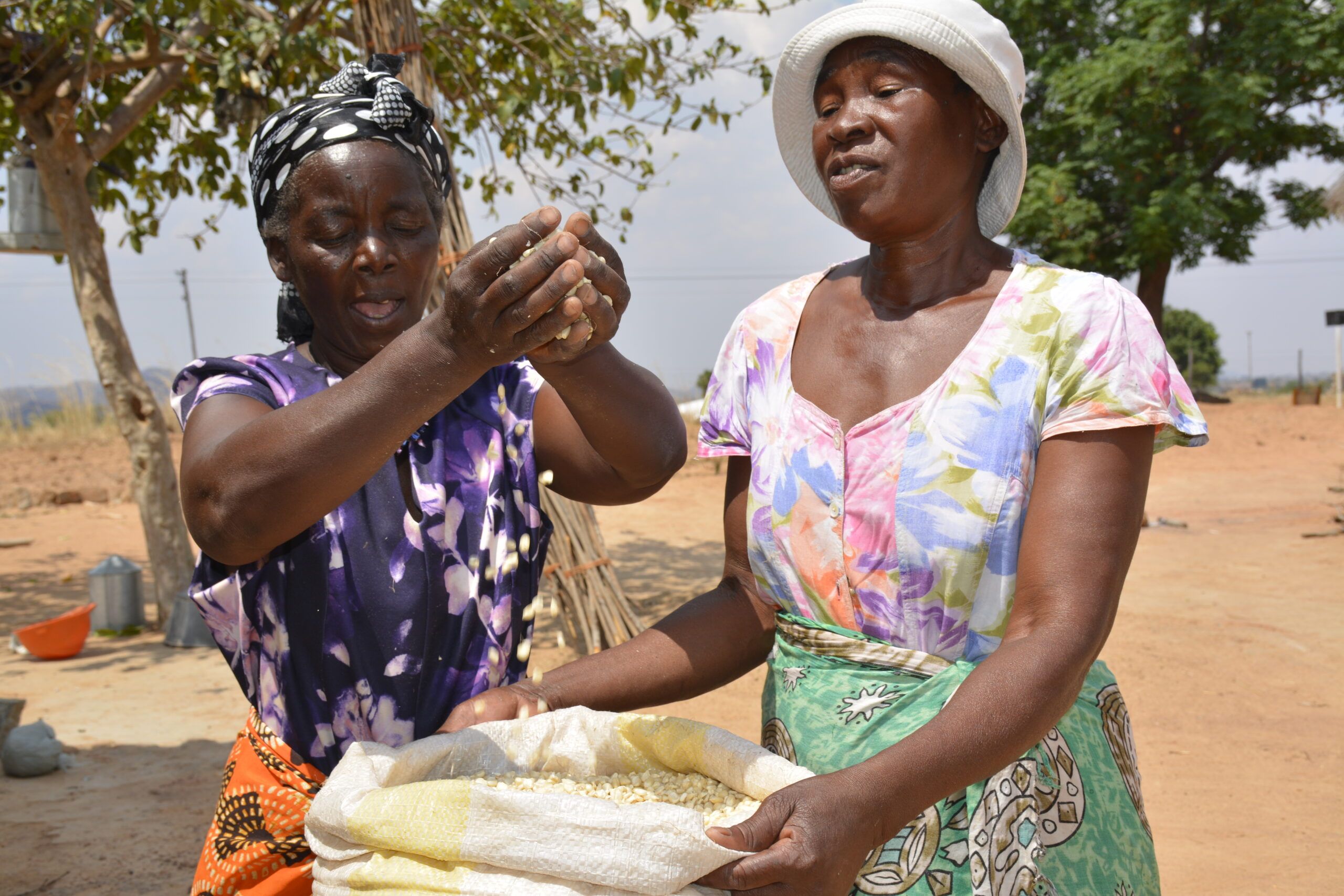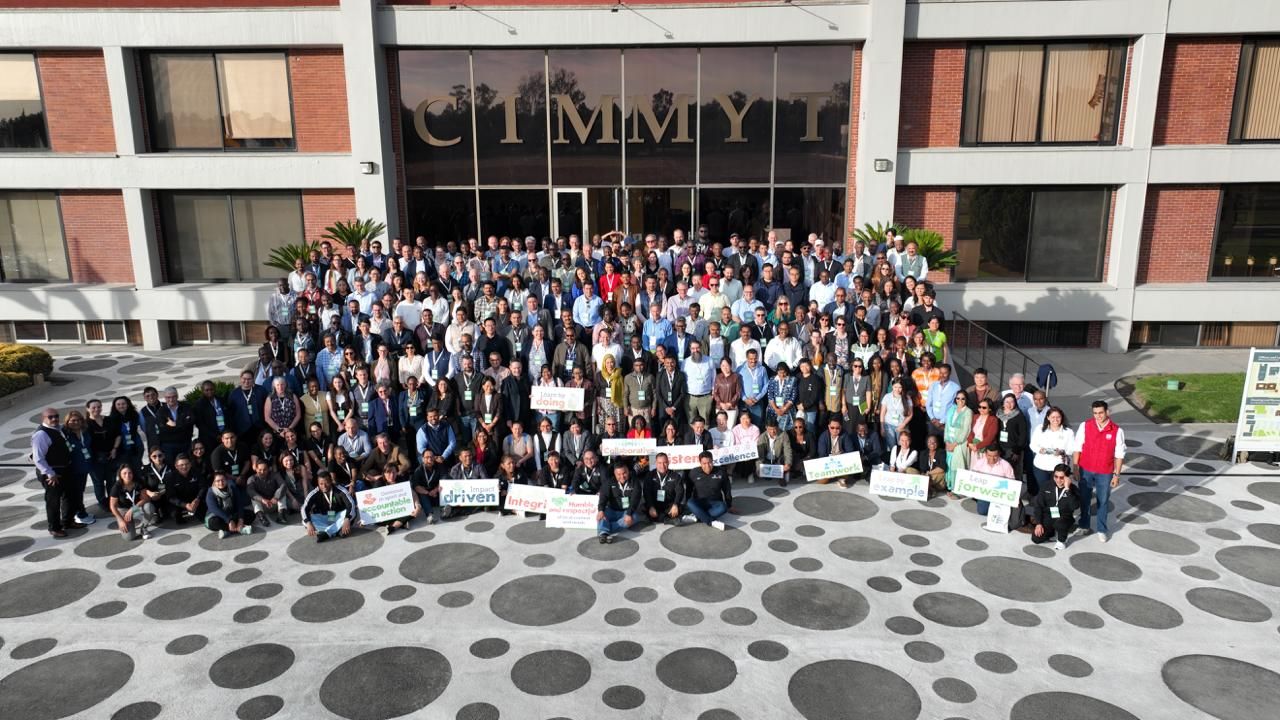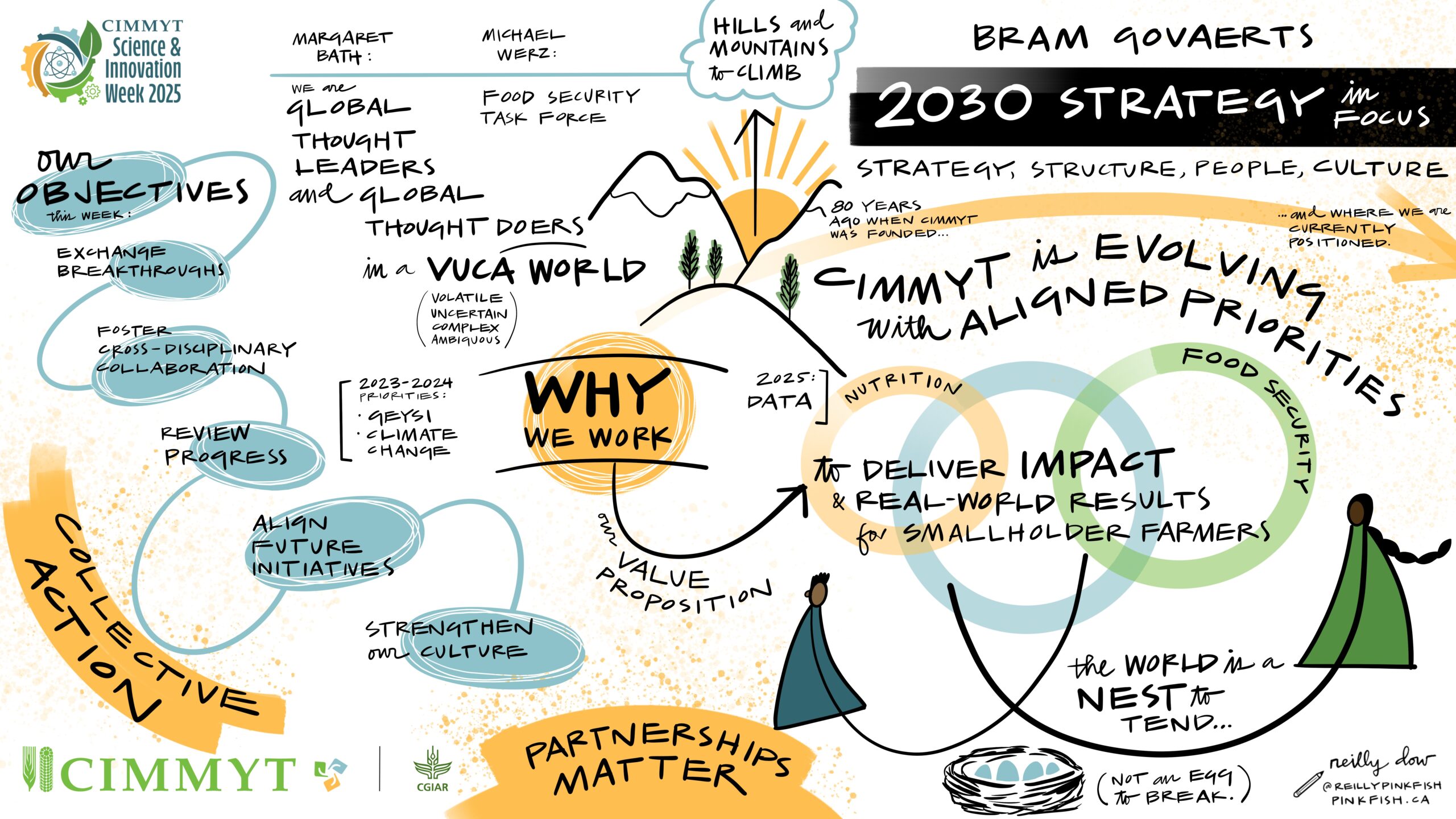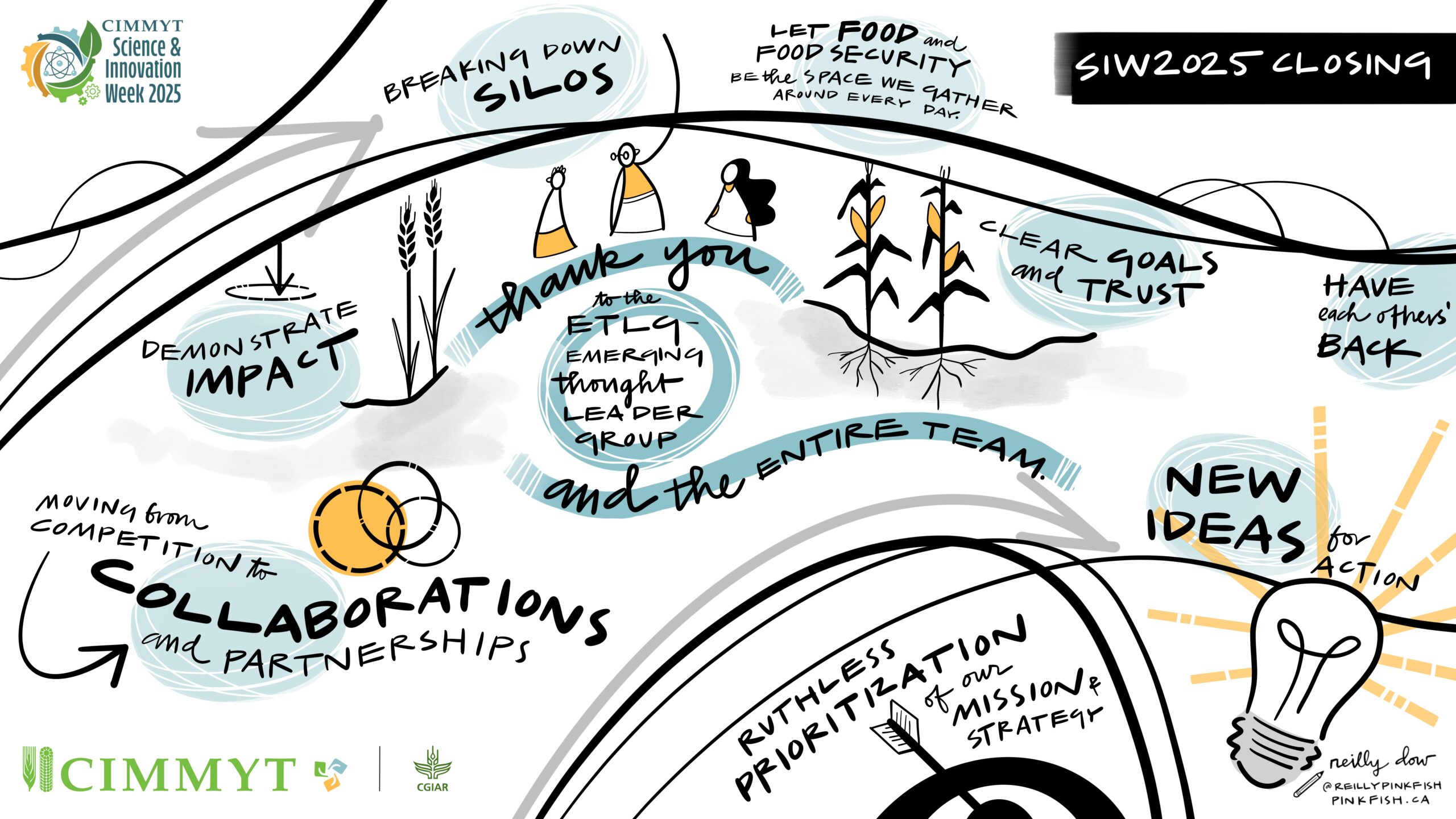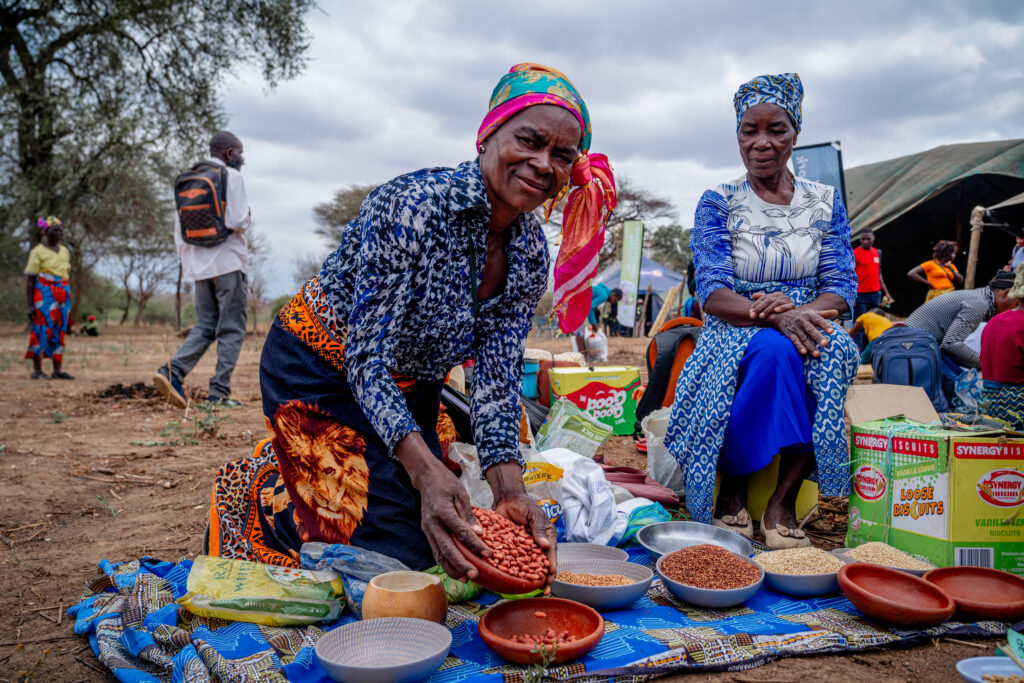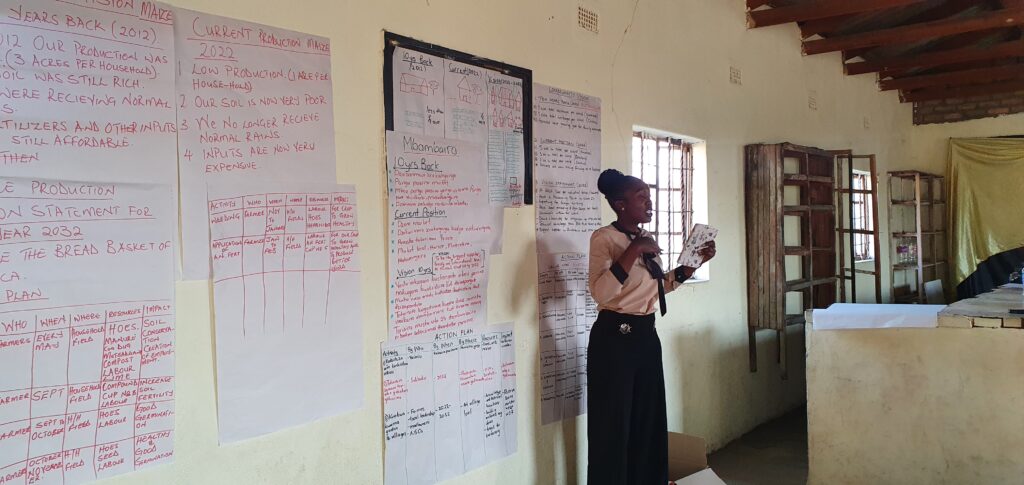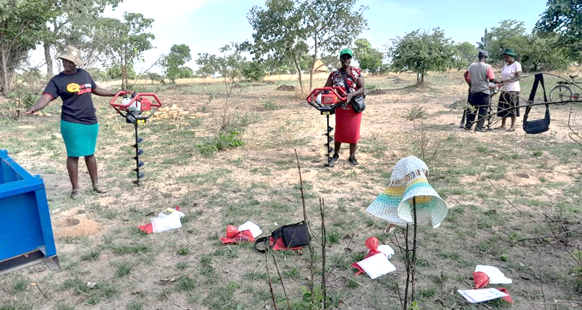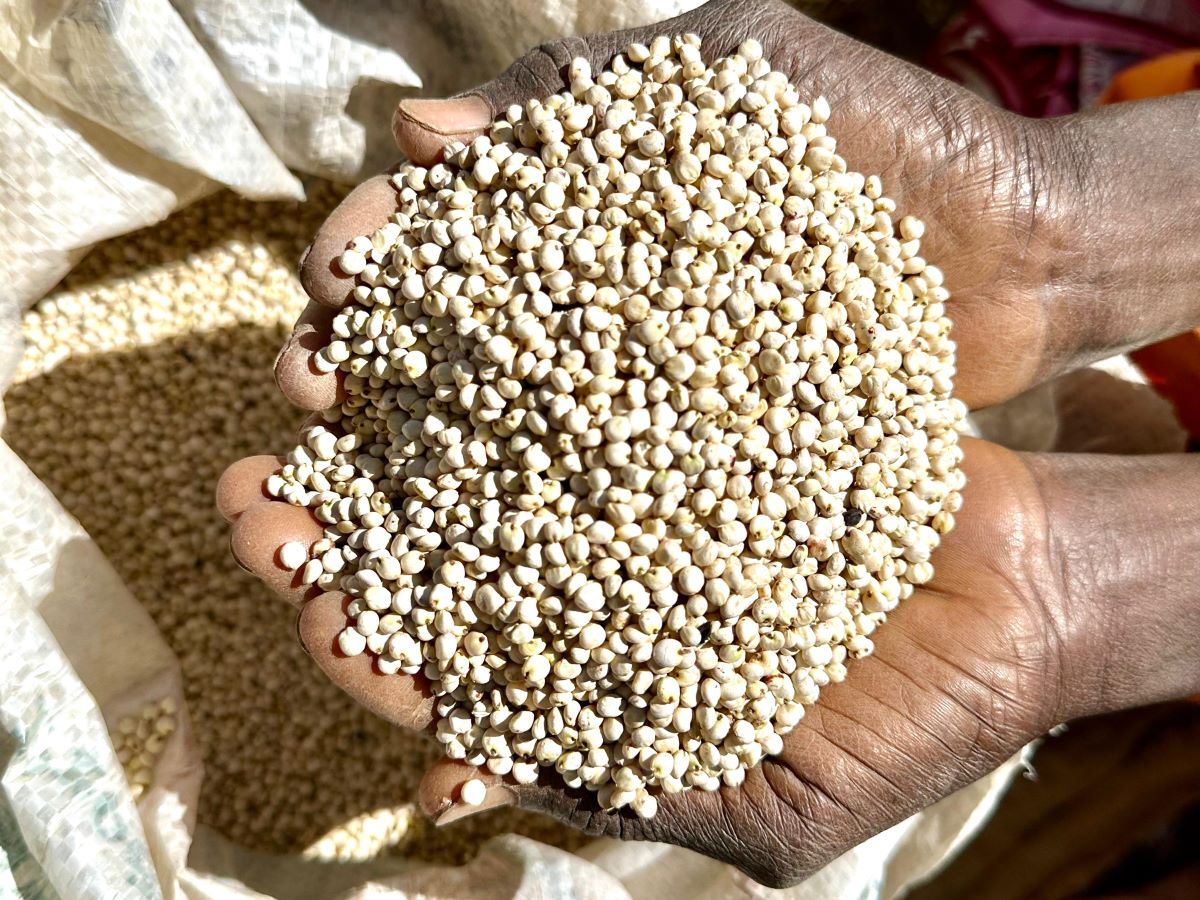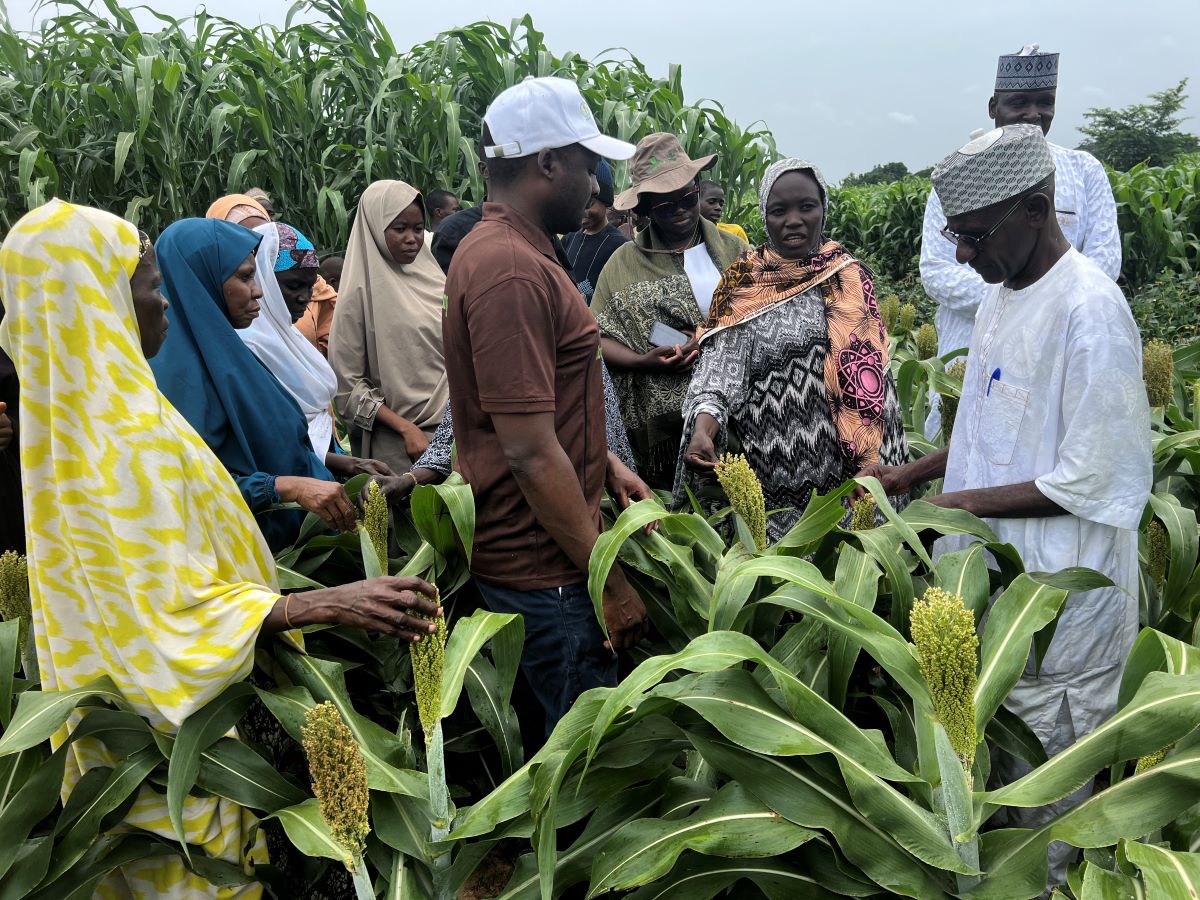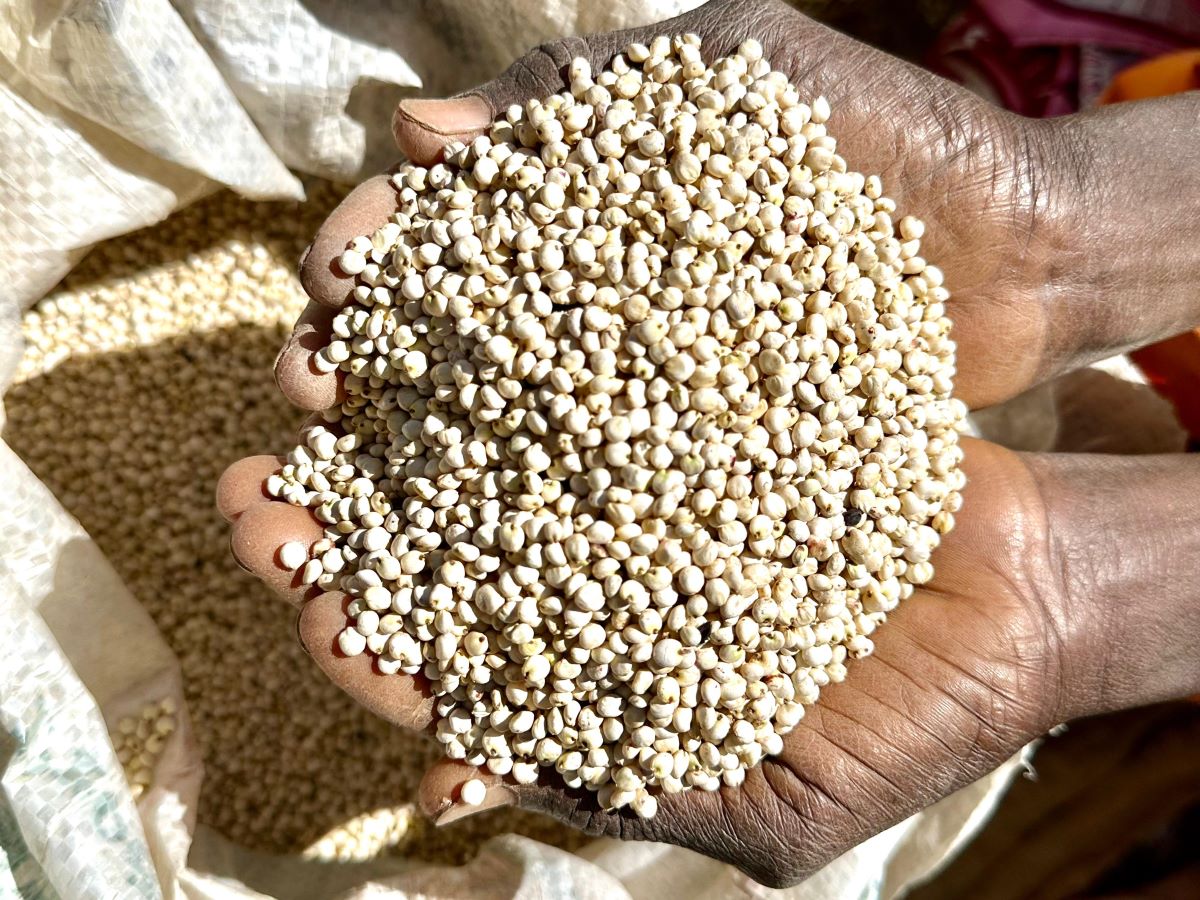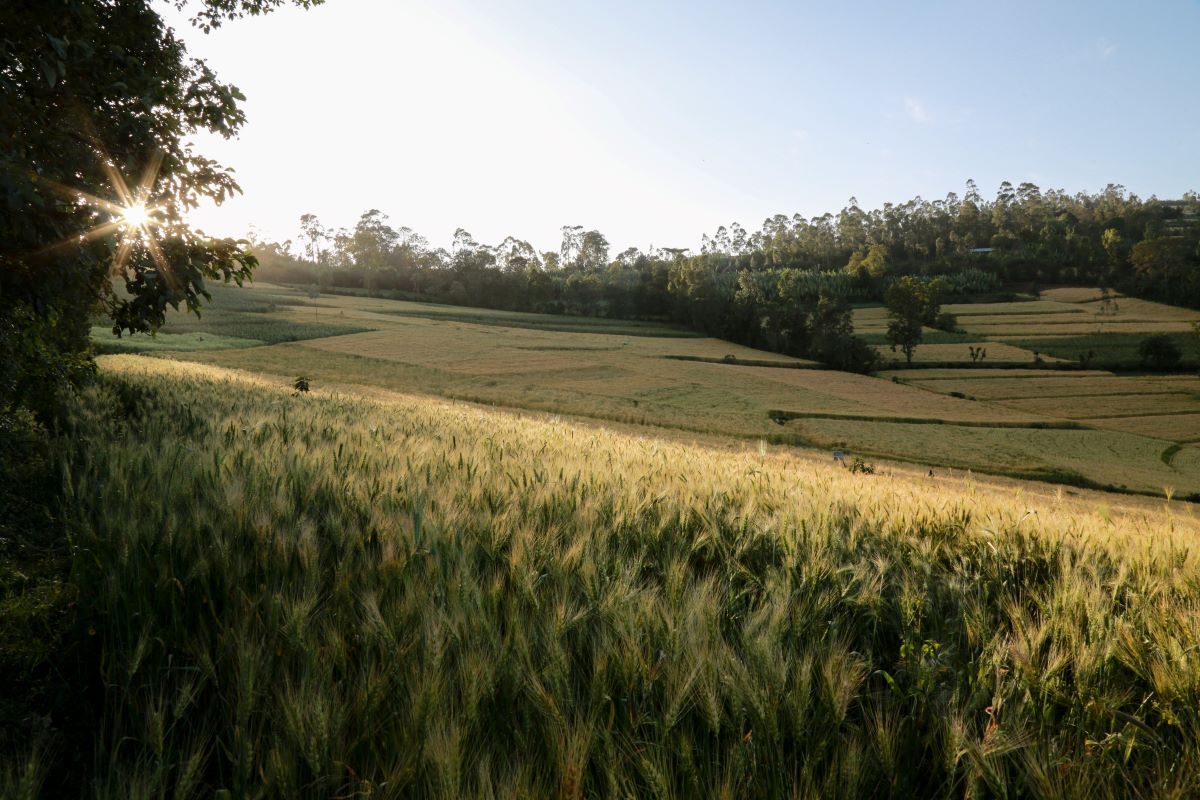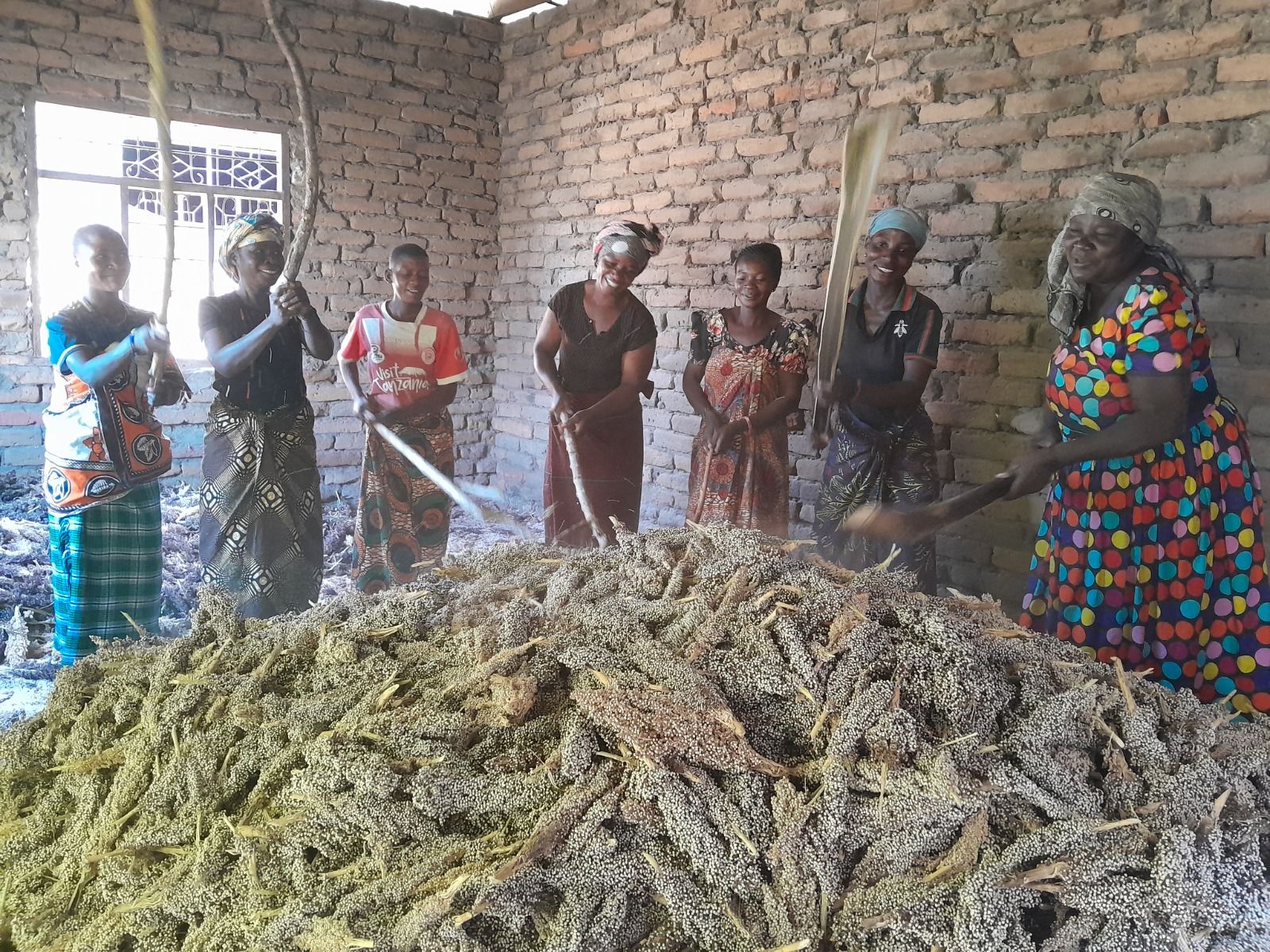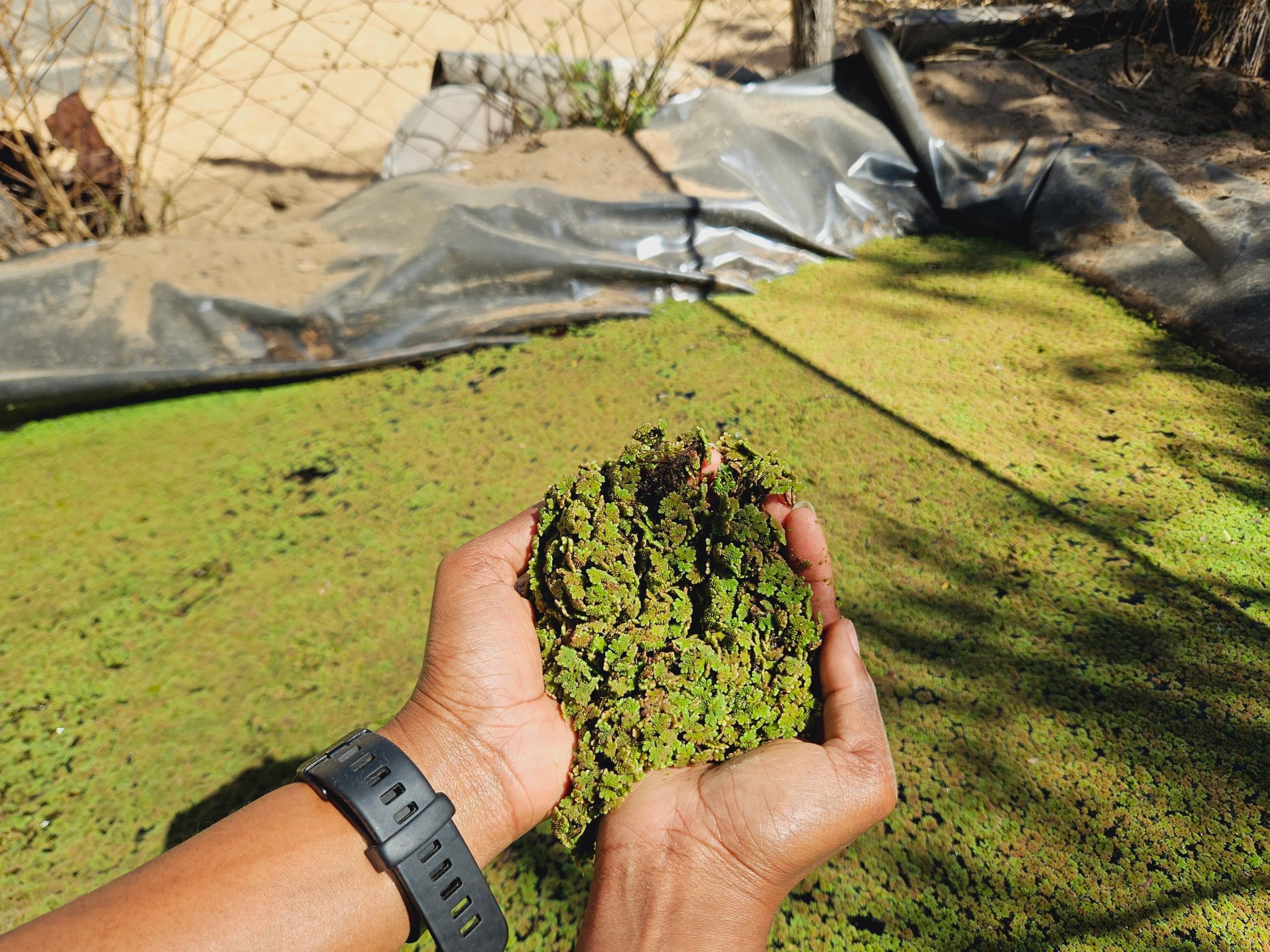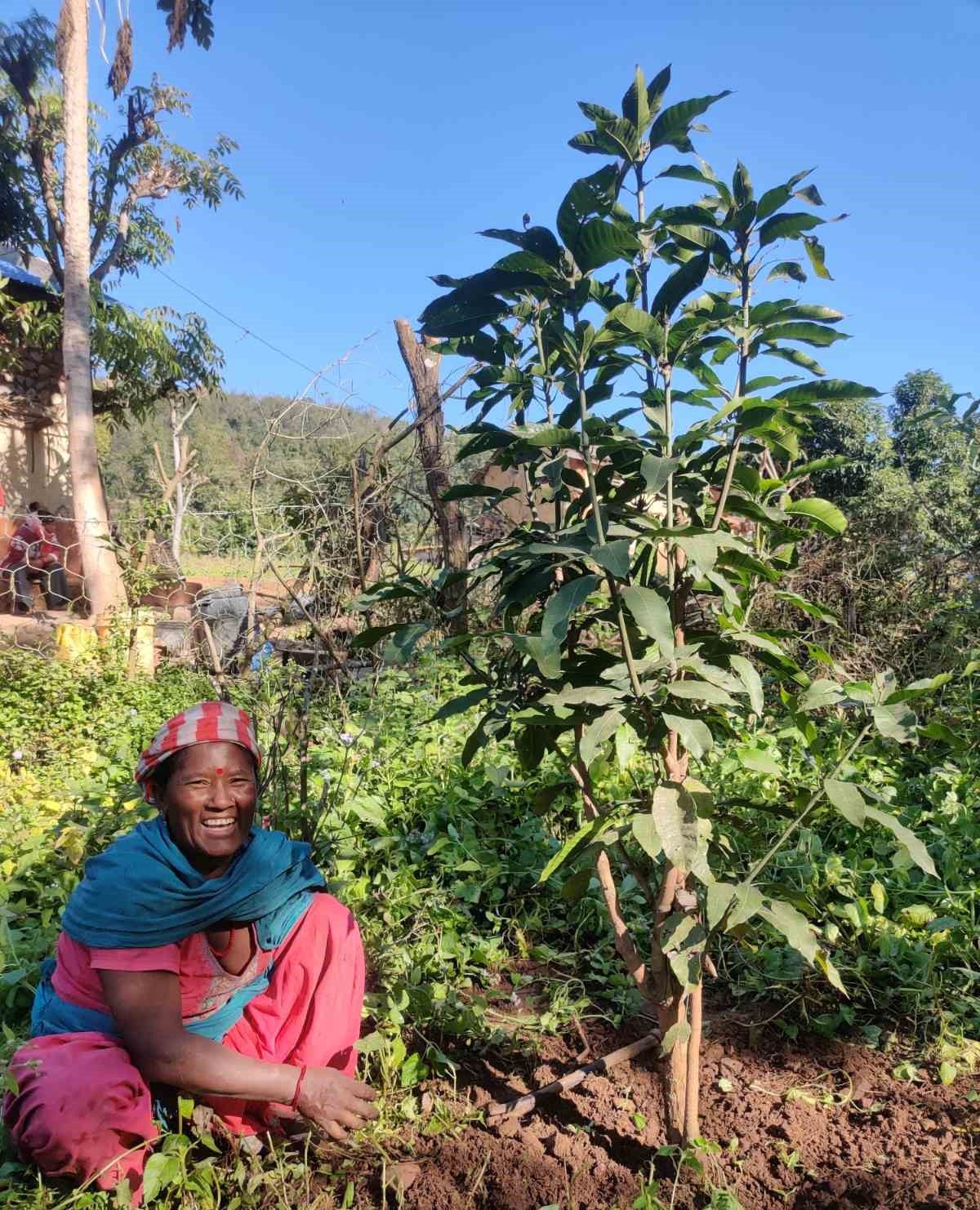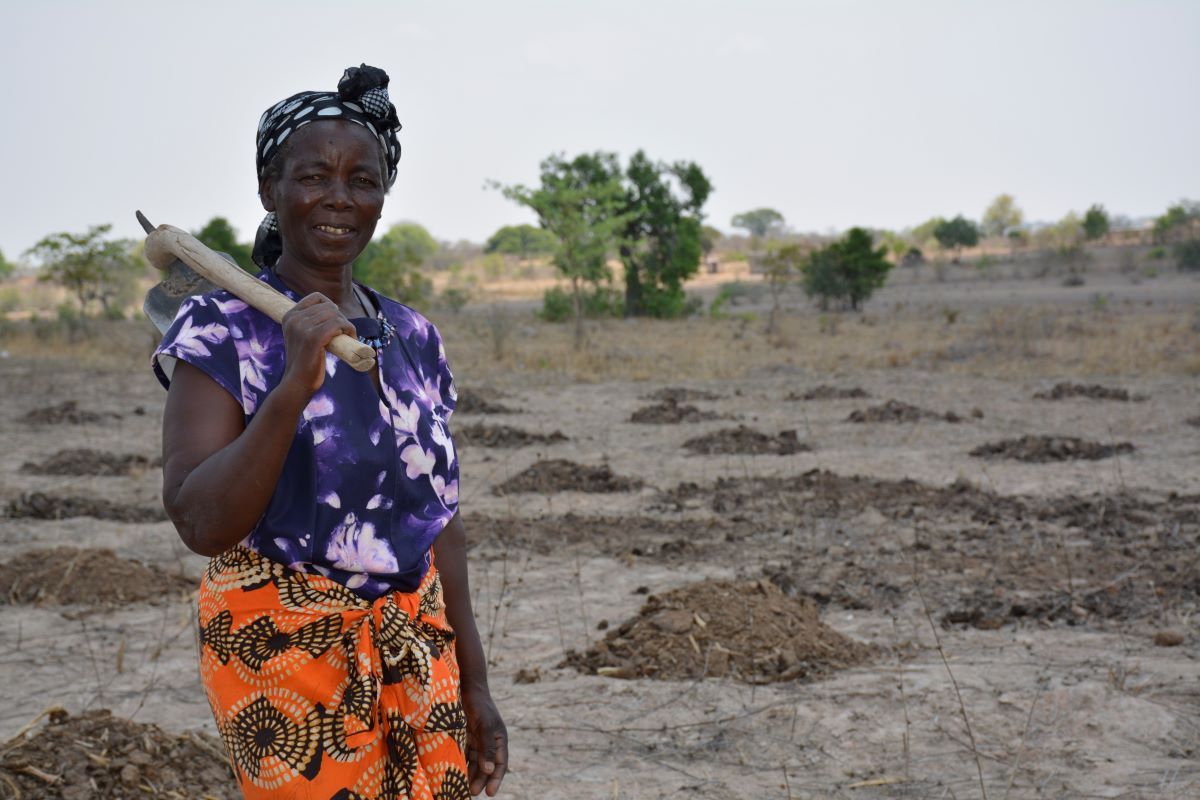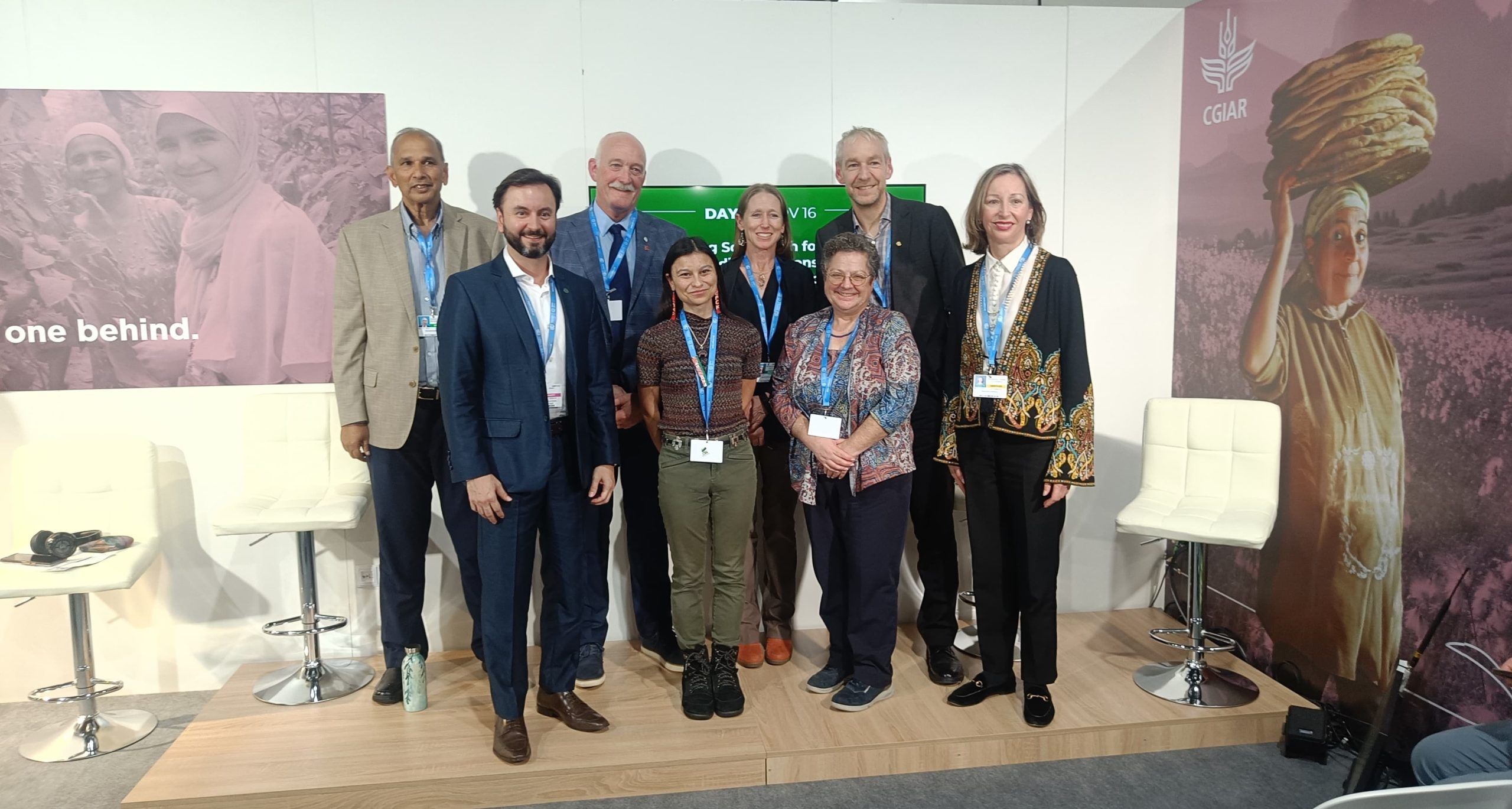How more inclusive maize breeding can yield better outcomes for women farmers in Zimbabwe
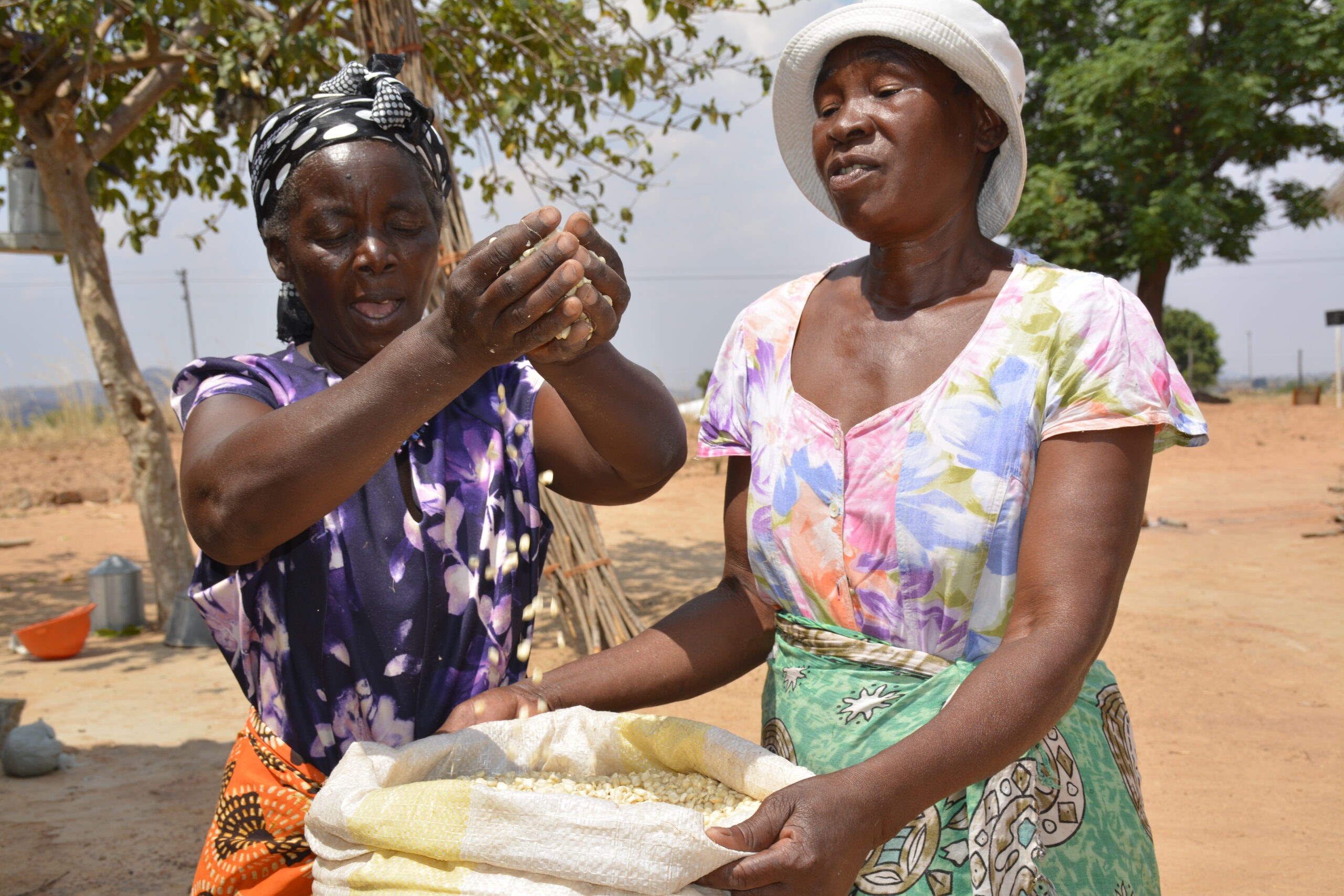
In Zimbabwe, CGIAR, through CIMMYT, runs a maize breeding program to strengthen food security and livelihoods in a country where maize is a staple crop. The program spans diverse testing plots – managed exclusively by men, women, or both – providing crucial insights into real-world farm dynamics. A significant component of our work is the extensive on-farm trials conducted across various regions, helping us understand how men and women farmers interact with and benefit from new maize varieties. Here are two ways we ensure that women-managed plots reap the same benefits as those led by men in Zimbabwe.
Increasing Women’s Representation in Crop Breeding Trials
In many developing economies, women tend to have limited access to fertilizers, leading to lower soil fertility and faster land degradation.
At the same time, although men and women may express similar preferences for improved maize varieties, when faced with the same options, women tend to grow varieties that better meet their specific needs – requiring less fertilizer, for example.
This dichotomy highlights the importance of on-farm trials in the crop development process, as they provide insights into the diverse needs and realities of different farmer groups.
Zimbabwe’s maize breeding program has expanded on-farm trials significantly over the past few years, by over five-fold. However, women-managed plots are often underrepresented in participatory approaches. Research from Kenya also showed that trial participants are often wealthier and more educated, benefiting from stronger access to information and agricultural networks.
Training to Ensure Inclusive Farmer Representation
CGIAR and CIMMYT often rely on partners with direct connections to farming communities to select host farmers for breeding trials. Recognizing the risk of bias and underrepresentation of women farmers in this process, we designed a training program for extension officers to ensure a more representative selection of women farmers from different socioeconomic backgrounds in the country.
Without intentional representation, trial results may skew toward wealthier, male-managed farms – limiting their relevance for the broader farming population. In addition, in Zimbabwe, women-managed households are not a homogeneous group. Our research identified two distinct categories, each with unique challenges and needs. One group was wealthier in terms of agricultural assets and livestock, with a greater area under maize production. The second group of women-managed households was more resource-poor, with smaller livestock herds and greater use of intercropping within maize fields.
Using data from a survey of over 2,000 farmers, we worked to validate farmer selection processes, ensuring that women farmers were accurately represented. Today, this training is conducted annually and has become a key component of our program’s approach.
For too long, on-farm trials did not adequately reflect the diversity of farming realities. Through this gender-sensitive approach, we are now able to fine-tune recruitment methodologies to account for socioeconomic disparities. By ensuring that all groups are included in trials, we can develop and promote maize varieties that truly serve the diverse realities of Zimbabwean farming households.
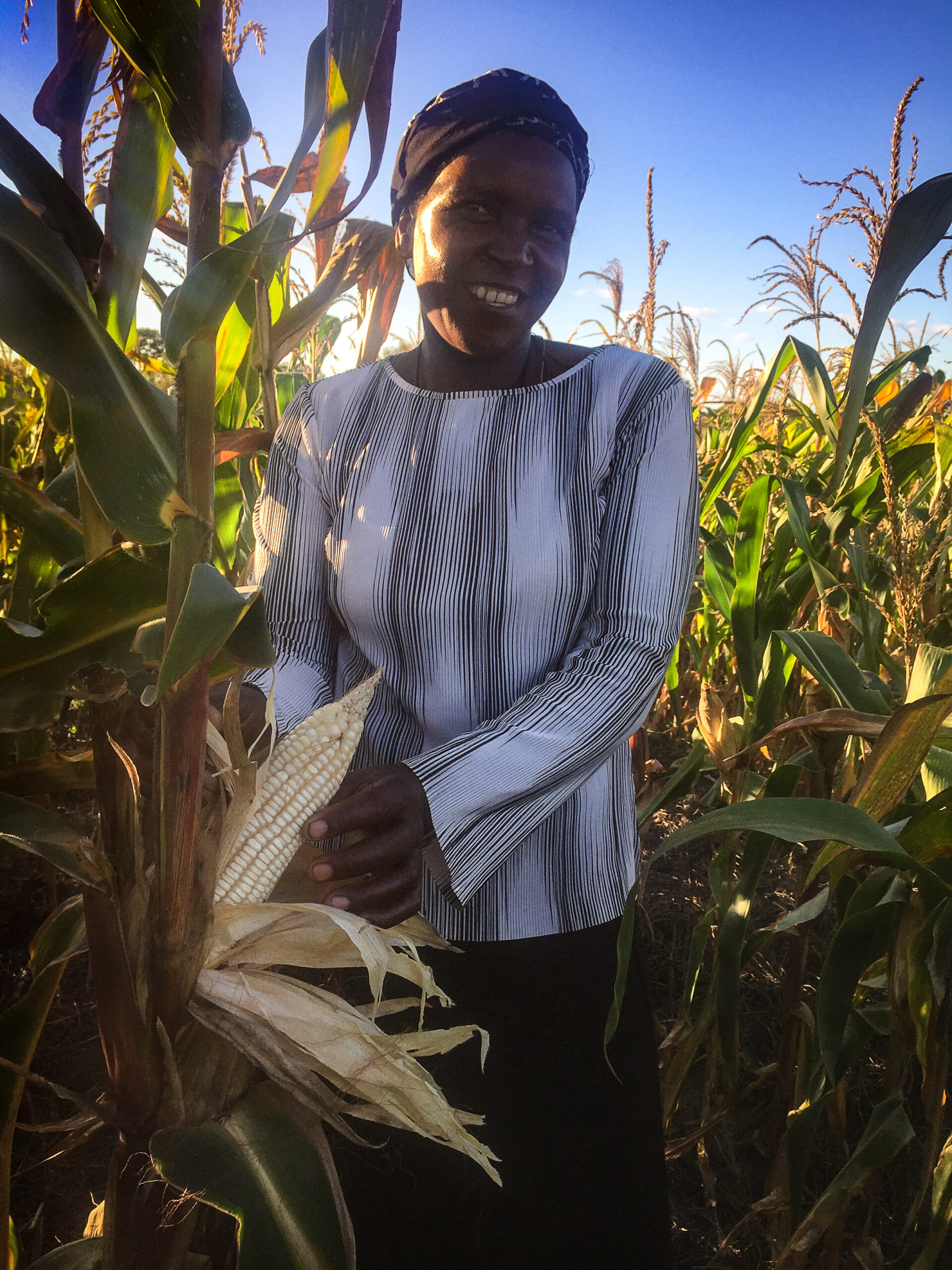
Incorporating Gender and Social Considerations into the Testing of Novel Genetic Technologies
In hybrid maize seed production, both male and female plants are planted side by side to facilitate controlled pollination. A critical step in this process is detasseling – the removal of male flowers (tassels) from the female plants to prevent self-pollination. If detasseling is not done correctly, the resulting seeds will not express hybrid vigor, ultimately affecting yield and performance.
This process presents two major challenges. Incomplete detasseling can result in hybrid purity issues that can lead production fields to either being rejected or farmers unknowingly paying for lower-quality seed that impacts productivity. Accidental leaf loss during the detasseling process also reduces female seed yields by approximately 14%.
To address these challenges, a Gates Foundation-funded project we implemented has explored ways to simplify the process of hybrid maize seed production by removing the need to detassel through a novel genetic technology. This technology also had a clear benefit for women farmers.
Why This Matters and How to Scale the Innovation
Although seed production involves multiple steps, this innovation has direct benefits, especially in resource-limited settings. Since only 50% of plants produce pollen, this approach optimizes yield—particularly under low-nitrogen conditions, where many smallholder farmers struggle. The technology is adaptable across different maize varieties, making it a scalable solution.
Ultimately, women farmers, who tend to manage smaller plots with fewer resources, stand to gain from improved seed access and yield stability.
To validate this approach, we conducted station trials, followed by on-farm testing. These trials are helping us understand how both men and women farmers adopt and benefit from these varieties, particularly in drought-prone areas, where women are more likely to recycle seeds.
With the knowledge that in drought-prone years women were more likely to recycle hybrid seed, we refined our testing strategy to evaluate potential yield benefits if recycled. We found the technology provided a small, yet significant yield benefit should a farmer choose to recycle hybrid maize seed in an anticipated drought season.
Our approach provides insights into how gender and social inclusion considerations can be incorporated into breeding testing strategies. By evaluating variety performance across real-world farm conditions and gathering insights to refine and optimize future breeding efforts, new varieties will meet the needs of men and women farmers in Zimbabwe.
Conclusion
When promoting the adoption of new maize varieties and technologies, gender is one factor among many that shape adoption. Early- and late-stage on-farm trials are essential in bridging the gap between scientific innovation and real-world impact, ensuring that the varieties we develop are not only high-performing in research settings but also practical, accessible, and beneficial for all farmers.
To achieve this, a transdisciplinary approach is key. Integrating social scientists into breeding and development strategies provides deeper insights into how different farming groups interact with new technologies. By refining our selection process, testing, and deployment, we can ensure that both women- and men-managed farms benefit equitably, ultimately driving food security and better livelihoods.
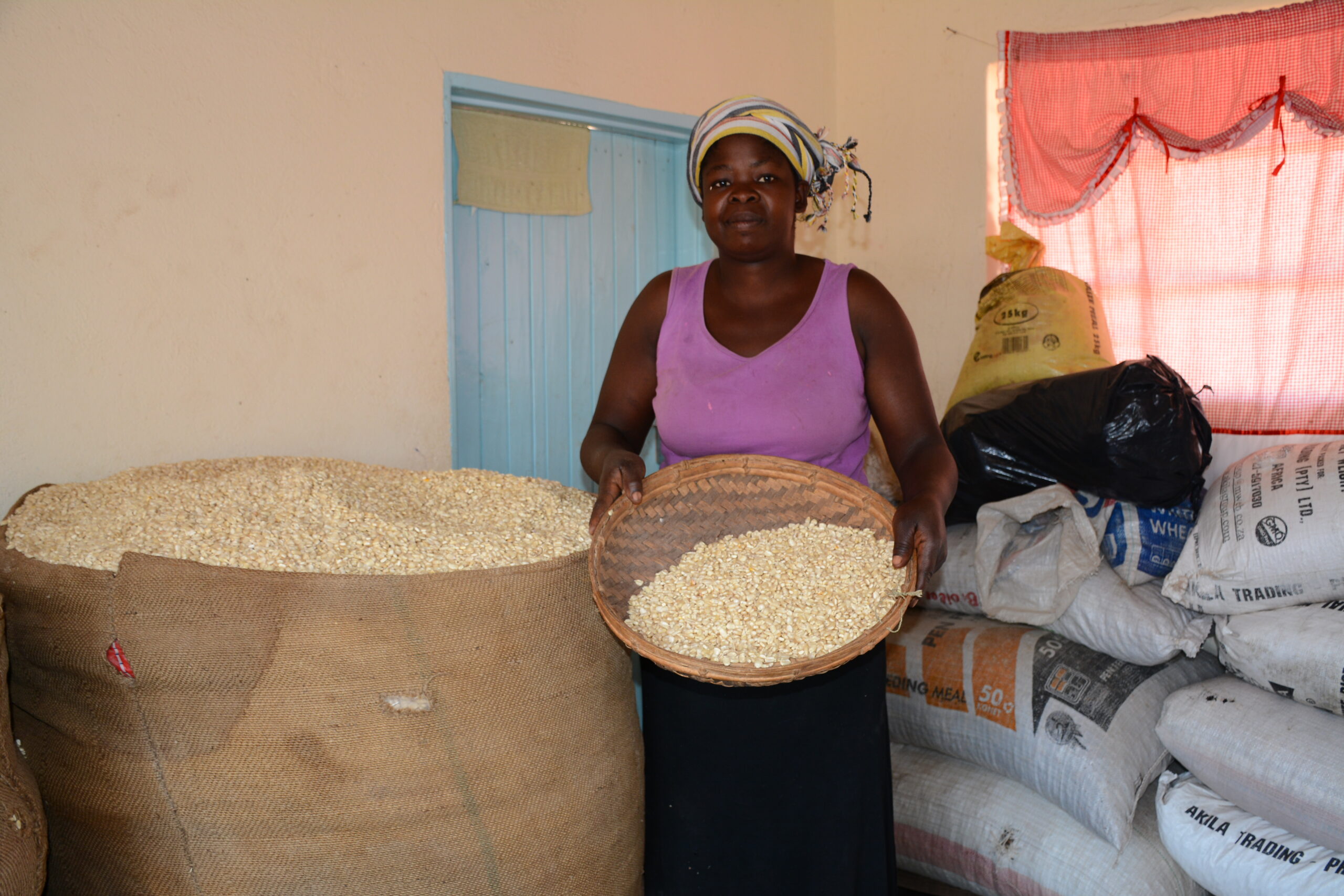
Resources:
- About CIMMYT Global Maize Breeding Program
- A review of the literature on gender and chemical fertiliser use in maize production in sub-Saharan Africa – In: Journal of Agriculture and Rural Development in the Tropics and Subtropics (JARTS) Vol. 122 / No. 1 (2021-05-25) , S. 91-102; eissn:2363-6033.
- Cairns, J. E., Baudron, F., Hassall, K. L., Ndhlela, T., Nyagumbo, I., McGrath, S. P., & Haefele, S. M. (2022). Revisiting strategies to incorporate gender-responsiveness into maize breeding in southern Africa. Outlook on Agriculture, 51(2), 178-186.
- Snapp, Sieglinde. (2002). Quantifying Farmer Evaluation of Technologies: The Mother and Baby Trial Design.
- Laajaj, R., Macours, K., Masso, C. et al. Reconciling yield gains in agronomic trials with returns under African smallholder conditions. Sci Rep 10, 14286 (2020).
- Collinson, S., Cairns, J.E., Ndlala, L. et al. Ms44-SPT: unique genetic technology simplifies and improves hybrid maize seed production in sub-Saharan Africa. Sci Rep 14, 32125 (2024).
- Voss RC, Cairns JE, Olsen MS, Muteti FN, Magambo G, Hamadziripi E, Ligeyo D, Mashingaidze K, Collinson S, Woyengo V. 2023. Innovative approaches to integrating gender into conventional maize breeding: lessons from the Seed Production Technology for Africa project. Frontiers in Sociology 8, 1254595.
- Hamadziripi ET, Collinson S, Voss RC, Baudron F, Labuschagne MT, Franke AC, Zaman-Allah M, Olsen MS, Burgueño J, Cairns JE. 2024. Validating a novel genetic technology for hybrid maize seed production under management practices associated with resource-poor farmers in Zimbabwe. Plants, People, Planet.
***
Written with Julie Puech, Breeding for Tomorrow and Accelerated Breeding.
Main image: Farmers in Zaka with their recent harvest of drought tolerant maize.
Photo credit: CIMMYT.
We express our gratitude to the CGIAR research funders for their invaluable contributions to the CGIAR Trust Fund.
